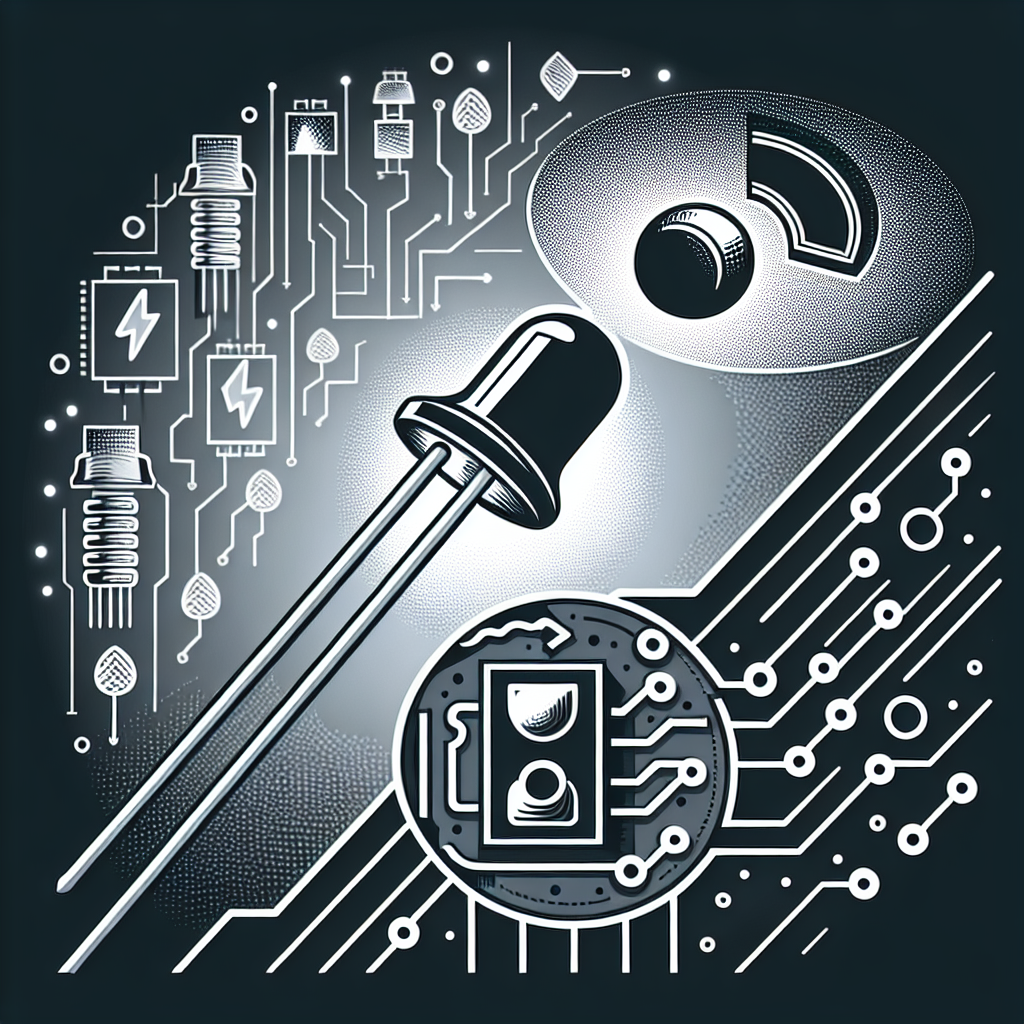
What does LED stand for?
Introduction to LED Technology
Light Emitting Diodes, commonly referred to as LEDs, have revolutionized the way we illuminate our world. From simple indicator lights to complex display screens and efficient lighting solutions, LED technology is everywhere. But what does LED stand for, and how does it work?
What Does LED Stand For?
LED stands for Light Emitting Diode. It is a semiconductor device that emits light when an electric current passes through it. The light is produced through a process called electroluminescence, where the material within the diode emits photons as a reaction to the electrical energy.
Breaking Down the Components
To understand what LED stands for more comprehensively, let’s break down the individual terms:
- Light: The visible or sometimes invisible electromagnetic radiation emitted from the diode.
- Emitting:
- Diode: A semiconductor device that allows current to flow in only one direction.
History of LED
The development of LED technology dates back to the early 20th century, with several milestones achieved over the years:
| Year | Milestone |
|---|---|
| 1907 | First observation of electroluminescence by H. J. Round |
| 1927 | Oleg Vladimirovich Losev publishes the first LED paper |
| 1962 | Nick Holonyak Jr. develops the first practical visible-spectrum LED |
| 1994 | Shuji Nakamura develops the first high-brightness blue LED |
| 2000s | LED technology becomes mainstream in various applications |
How LED Technology Works
The working principle of an LED is based on the properties of semiconductors. When a voltage is applied across its terminals, electrons recombine with electron holes, releasing energy in the form of light. The color of the light depends on the energy gap of the semiconductor material used.
Key Components of an LED
Understanding the structure of an LED can help explain how it performs its functions. The main components are:
- Semiconductor Material: Usually made of aluminum-gallium-arsenide or gallium nitride for different color outputs.
- PN Junction: Where the positive (P-type) and negative (N-type) semiconductors meet.
- Encapsulation:
Advantages of LED Technology
LEDs offer numerous benefits over traditional lighting solutions, which make them a preferred choice in a variety of applications:
Energy Efficiency
LEDs consume significantly less power than incandescent and fluorescent lights. This is due to their high luminous efficacy, which is the amount of light emitted per unit of electrical power consumed.
Longevity
LEDs have a much longer lifespan, often exceeding 50,000 hours of operation. This reduces the need for frequent replacements and lowers maintenance costs.
Durability
LEDs are solid-state lighting devices, making them more robust and resistant to shocks and vibrations compared to traditional light bulbs.
Environmental Benefits
LEDs contain no toxic materials and are 100% recyclable, unlike fluorescent lights which contain mercury. Their long lifespan also means less waste.
Versatility
LEDs are highly versatile and can be used in a wide range of applications, from home lighting to intricate display systems, streetlights, and automotive lighting.
Applications of LED Technology
Thanks to their numerous advantages, LEDs are being employed in a variety of fields:
General Lighting
LEDs are used in homes, offices, and industrial settings for ambient and task lighting. Their energy efficiency and long lifespan make them a cost-effective solution for all types of lighting needs.
Displays and Screens
From small indicator lights to large billboard screens, LEDs are essential components in display technology due to their brightness and color range.
Automotive Lighting
LEDs are increasingly used in automotive headlamps, tail lights, and interior lighting, offering better visibility and energy efficiency.
Medical Devices
In medical settings, LEDs are used in devices like phototherapy equipment, surgical lighting, and diagnostic tools, providing precise and reliable illumination.
Consumer Electronics
LEDs are an integral component in gadgets like TVs, smartphones, and computers, providing backlighting for screens and indicators.
Future of LED Technology
The future of LED technology is promising, with ongoing advancements aimed at improving efficiency, brightness, and color quality. Emerging trends include:
Smart Lighting
Integration with smart home systems allows for customizable and remote-controlled lighting solutions.
Micro-LEDs
The development of micro-LEDs aims to enhance display technology with higher resolution and better color accuracy.
Human-Centric Lighting
This concept focuses on the impact of lighting on human health and well-being, and LED technology is key to achieving this goal.
Conclusion
LED technology has come a long way since its inception and continues to evolve, offering numerous benefits and applications. Knowing what LED stands for and understanding its principles can help appreciate the impact this technology has on our daily lives and the potential it holds for the future.
